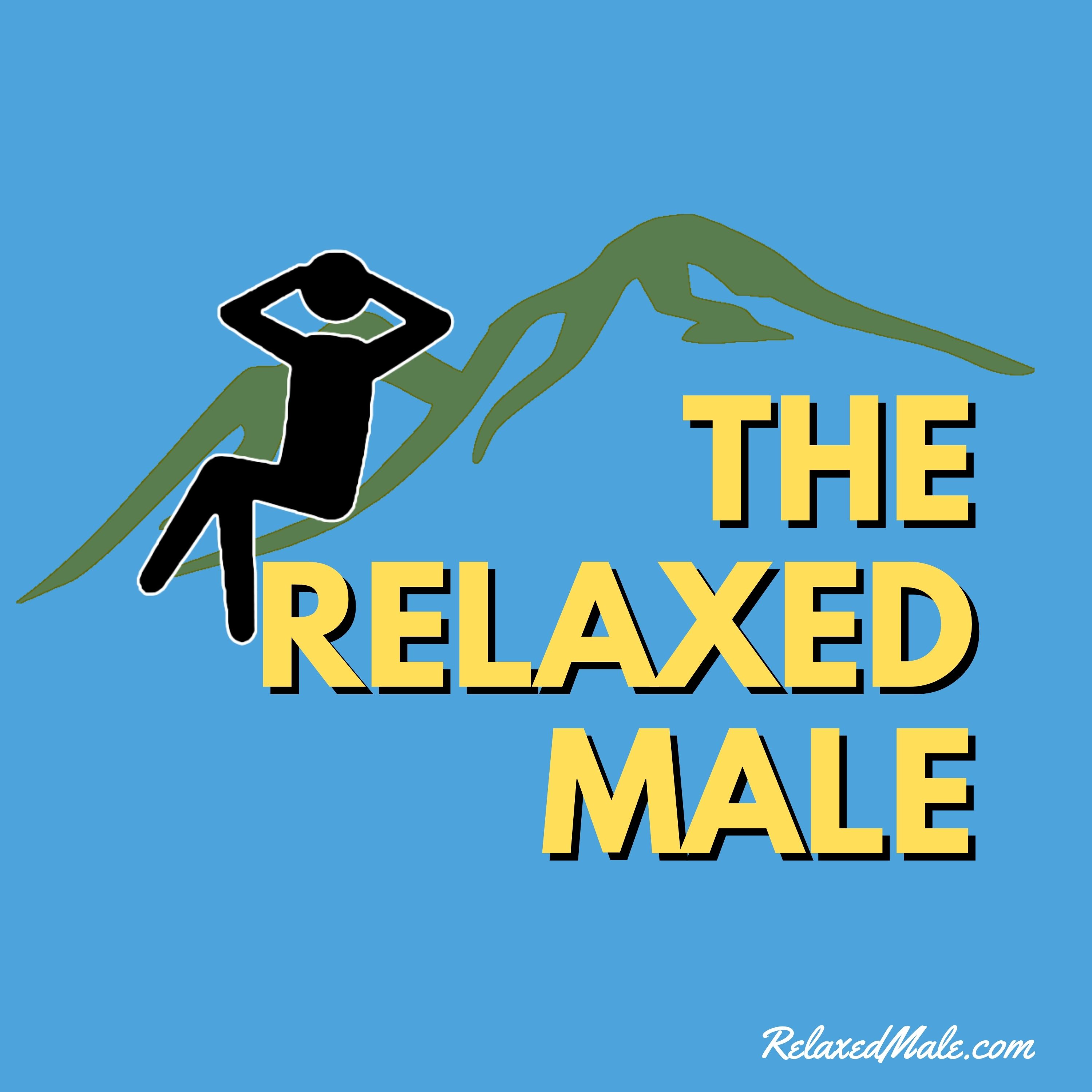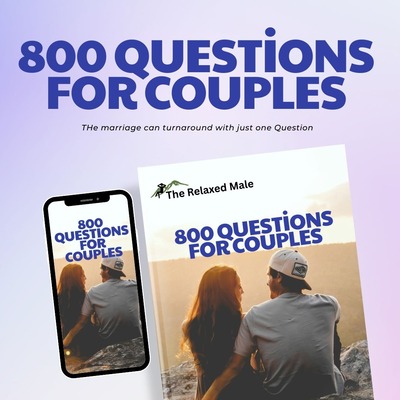Time to start getting the camping equipment setup. One piece of equipment that is needed is your trusty sleeping bag. You can bring sheets and blankets and all that good stuff but if you don’t want to keep up with all of those extra pieces then a sleeping bag is just what you are needing.
Well, this months review is the ever important sleeping bag. No campsite is complete without a sleeping bag for each person. “The Bag” as we use to call it when I was young is important for a good camping trip. It helps keep you comfortable when you are sleeping. It is your covers. Back in the ’80s if you wanted a sleeping bag you went down to Sears or Geboes or some store like that and you picked out your color and you were good.
That way of picking a bag is long gone. They now have bags according to the weather you are going to be experiencing. If you are just going out to enjoy nature and want a sleeping bag, you need to know what temps you might encounter. Then there are different materials that are used. then there is even more so. Let us look at how to chose a sleeping bag.
What activity are you doing?
So where are you going to be sleeping? is it going to be trying to spend a weekend climbing to the top of some 14ers in Colorado? Perhaps you are just going to set up a camp so you can go Toobin’ in the Guadalupe. Whichever activity you choose there is a bag for that.
If you are going to be sleeping in the brambles then you don’t want a bag that can easily tear. You want to know where you are going to be so you can choose the right outer shell of your sleeping bag.
What season?
Let’s start with what season of the year are you going to be using this bag? Summer or late fall? This is an important detail to consider. You don’t want to get a bedroll that is rated for subfreezing temps if you are going to be in south Texas. You will die of heat stroke and then your body will mold in all that humidity.
If you are hiking the backcountry in Wyoming in late September. You will freeze if you have a warm weather bag. You want to know the temp rating for the area you are going to be in. So first off do some research on your destination. Find out what the nights are like. That way you can choose your bag accordingly. South Texas in winter a 30° bag will fit you just great.
The Temperature Ratings
European Norm (EN)
Now, this is a standard test that is done by a3rd party lab. That way the rating is the same across all brands. Before the EN setting Sleeping bag manufacturers would actually do the testing themselves. So at one time you may have a big burly guy named Ivan from Siberia testing a bag and saying it is a warm weather bag even though he was 4-degree weather.
So some companies would test in a walk-in freezer while others would do outside testing the elements. Their ratings could be different at best or wildly inflated at worst.
The 2 numbers you see on Temperature rating from what I understand is Comfort rating and then the Lower limit.
The EN Comfort Rating is supposed to be the temp that a woman will feel comfortable in a relaxed state.
The En Lower Limit is supposed to be the temp a man will feel comfortable in a relaxed state.
Now I will let you know my sleeping bag is rated as a 30° – 50° bag. This means that a woman should feel comfortable with it at 50°. While a man will be comfortable at 30°. Well, I can tell you that is a bit off. I am a warm natured person. I am going to sweat it out on a winter trip with my wife because she has to have the heater on.
The 20° rule
I slept in my sleeping bag and the temp got down to34°. I got a bit cold in 34° weather. So I found a rule of thumb to follow and it is called the 20° rule the rule is as follows
Conventional wisdom recommends purchasing a product with a temperature rating of about 20 degrees colder than the expected minimum overnight temperatures you plan to experience.
The Outdoor Lab
So in other words, For me to be comfortable that the bag needs to be slept in at 50°. Which makes sense in my experience and I will be applying it to all other bags I get.
Sleeping Bag Temperature Ratings
-40° to 4° Bags
These are the mountaineering bags. Often these bags are down filled with the highest Fill Value you can get. Most people are not going to need this cold of a bag. Unless you are going out hunting elk in the Grand Tetons. often these bags have other added features so that they keep the heat in like baffles around the zipper to keep the drafts at a minimum.
5° – 29° Bags
These bags are typically classified as a 3 season bag. They cover Spring Summer and Fall. This is pretty much the good all-around sleeping bag for most folks who are doing cross country hiking or extended camping trips in the backcountry.
30° – 60° Bags
This is the bedding for your summer expeditions. You can be comfortable as you sleep in comfort that you are going to be warm you can often unzip the foot of the sleeping bag so that you can hang a foot out and regulate your body temperature. This is the rating I got for my sleeping bag. I will be getting a colder one later but a good summer bag is always needed.
If you are expecting colder than rated temps for your bag. you may look at getting a liner for your bedroll. Then there are single person tents that will give you an additional 10° to your rating. For example a 5° bag and a 3 season single person tent you can possibly get down to -5°.
Shape or Bag Cut
There are 3 basic shapes or cut of the bag you want to look at when choosing a sleeping bag
Straight Cut Sleeping Bag

This is the traditionally shaped sleeping bag. It is your normal rectangle shaped bedroll that most people think of when they hear sleeping bag. Great for warm – cool weather bags. you have plenty of toe room and you can unzip the sleeping bags so you can mate them together. If you are the type of person who doesn’t like their feet covered up. Then you can unzip the bottom and stick your feet out.
Then there are also Double bags that allow for two people to sleep in the same bag. That way if you go camping with the wife you can keep each other warm under the stars.
Mummy Shaped Sleeping Bag
When you see alpine hikers bundled up in a bag that is narrow at the feet and wide at the shoulders this is a mummy bag. Get its name from the shape the mammies are found in.
This shape helps decrease the amount of space a person has to heat. The Smaller space the better they can warm themselves.
Often these bags are a lot more expensive because they are down filled. But there are also other aspects of mummy bags you have to look at like The baffles or the channels that are sewn into the bag are they lengthwise on the bag or Across the bag. This does make a difference Then there are factors in the hoods that you want to look at. If you want more info I recommend reading Outdoor Gear Exchange’s post on Sleeping Bags
Specialized Sleeping Bag Shapes
Then there are bags that are shaped a bit different there are hourglass shaped bags for side sleepers and specialized bags for women.
Then there are semi-rectangular bags that are rounded at the top. Each specialty cut bag addresses the issue of keeping warm from a completely different perspective
Sleeping Bag Materials
So what is the bag made of? Is it going to be rugged canvas or an easier to dry polyester? From the outside to the inside to the stuffing in between. The material the sleeping bag is made of is important. I would say the most important factor. Because it will dictate how comfortable you will be.
Outer Shell
The outer shell is used to protect the insulation. So you want to know if you are walking through a wooded area that will have sticks and thorn bushes snagging and possibly ripping your sleeping bag? Perhaps you are hiking the Appalachian trail where there are good worn paths for you to follow. What you will be laying on is a factor you want to think about. Most outer shells are may of polyester but you can get a heavy duty rugged canvas outer shell.
Perhaps you are needing the ruggedness and lightweight then you might need to look at Ripstop materials.
The nylon is a lot lighter than the heavy duty cotton canvas. So if you are going to be carrying your bed with you all day long as you hike then you might want to consider the weight. If you are setting up a camp that you come back to at the end of each day then weight won’t be as much of a factor
Yet perhaps you want something that is more water resistant or if it does get wet will it dry pretty quickly? Then you might look at a Some moisture resistant options like DriClimb, a high-quality microfiber or a maybe DryLoft.
Inner Liner
For me, this is the important part. What do you want laying right next to you? For me, I like flannel or fleece. I find nylon lining to be clammy feeling when it gets cold. Moisture is more likely to condensate on nylon than on heavier materials.
Yet that is the tradeoff you are going to have a heavier bag if you are going cotton. While a nylon liner will be a whole lot lighter. There are ways you can negate the clammy feeling most of it is with clothing. I try to wear as little clothing called for when sleeping. Comfort is important
Insolation
This is where the rubber meets the road. How does your sleeping bag keep you warm? For weight and insolation properties the best right now is goose down. Down is the under feathers of birds so if you have a wife that is the type that doesn’t want to harm animals then you might have to be cold. The biggest downfall for down bags is that they lose all their insolation properties if they get wet. So you have to be vigilant about keeping the bag dry.
The most common insulation is polyester batting. This is commonly the stuff you find in quilts and pillows. It is inexpensive and does a pretty good job. There are other insulation methods besides these two. There Gore-tex that is often used for bag insert of air pad. but you can find gore-tex sleeping bags.
Then Cabellas has Outfitters Loft insulation that is lightweight while also staying warm if wet.
Fill power
Fill power is a number to measure how lofty your down filling is. This is also starting to be measured with synthetic insolation but you will commonly see Fill Power rating on your own sleeping bags.
The higher the number the higher the quality of the fill power. Because the lighter the bag will be. A 600 fill bag rated at 30° will be heavier in weight than an 800 fill 30° bag. But if you want ultralight bag then You want to look for a fill power of 800+
Synthetic
- Con
- Heavier
- Packs down
- Less effective at insolating
- Bulkier
- Pro
- Warms while wet
- More durable
- Inexpensive
- Dries faster
Down
- Con
- Down won’t insulate when wet
- expensive
- Pro
- Down Lighter for the warming
- the best insolation factor for weight
Finally, it is important to know how insolation works. Think of your cooler or thermos. It keeps cold things cold and warm things warm. So you won’t get in your bag while you are your desired extream. If you just finished hiking in the cold then climb in your sleeping bag before you cool off.
Other Features
REI points out that there are often additional features for sleeping bags you might want to consider
So, that is what I currently know about sleeping bags as I learn more I will share more. Things surely have changed since I was camping out on the prairie with my friends. Jake and John. Yet the stuff I am learning is helpful and gets me excited to go out and camp.
So what do you know about sleeping bags? Let us know in the comment section below.






